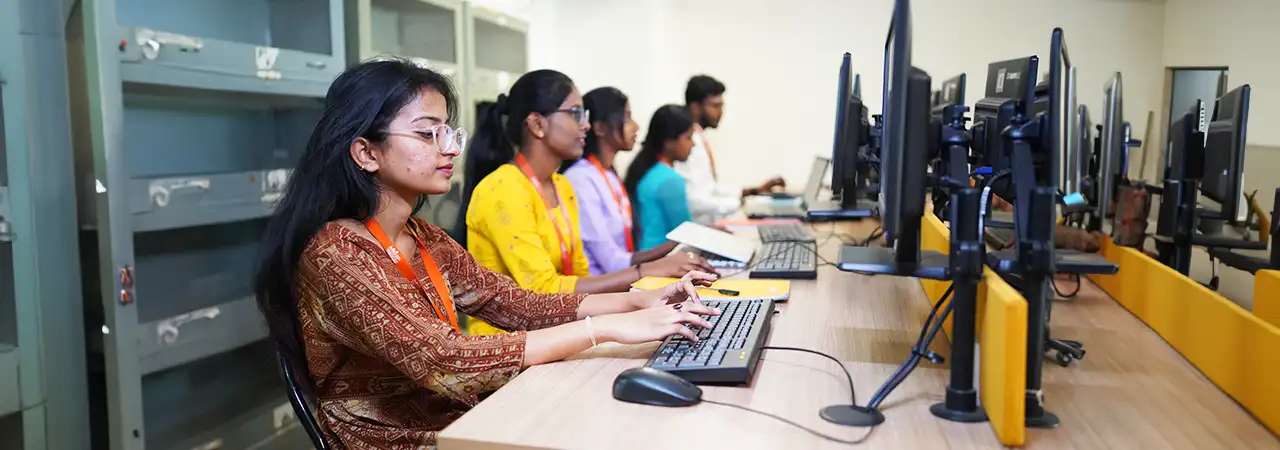How do you help decide what is best for your child? We are here to guide you!

2022
2021
2020
Transform your mind, your life and the world around you at MVJ. Get in touch, schedule a visit or start your admission process today.
MVJ College of Engineering, Near ITPB, Whitefield, Bangalore-560 067